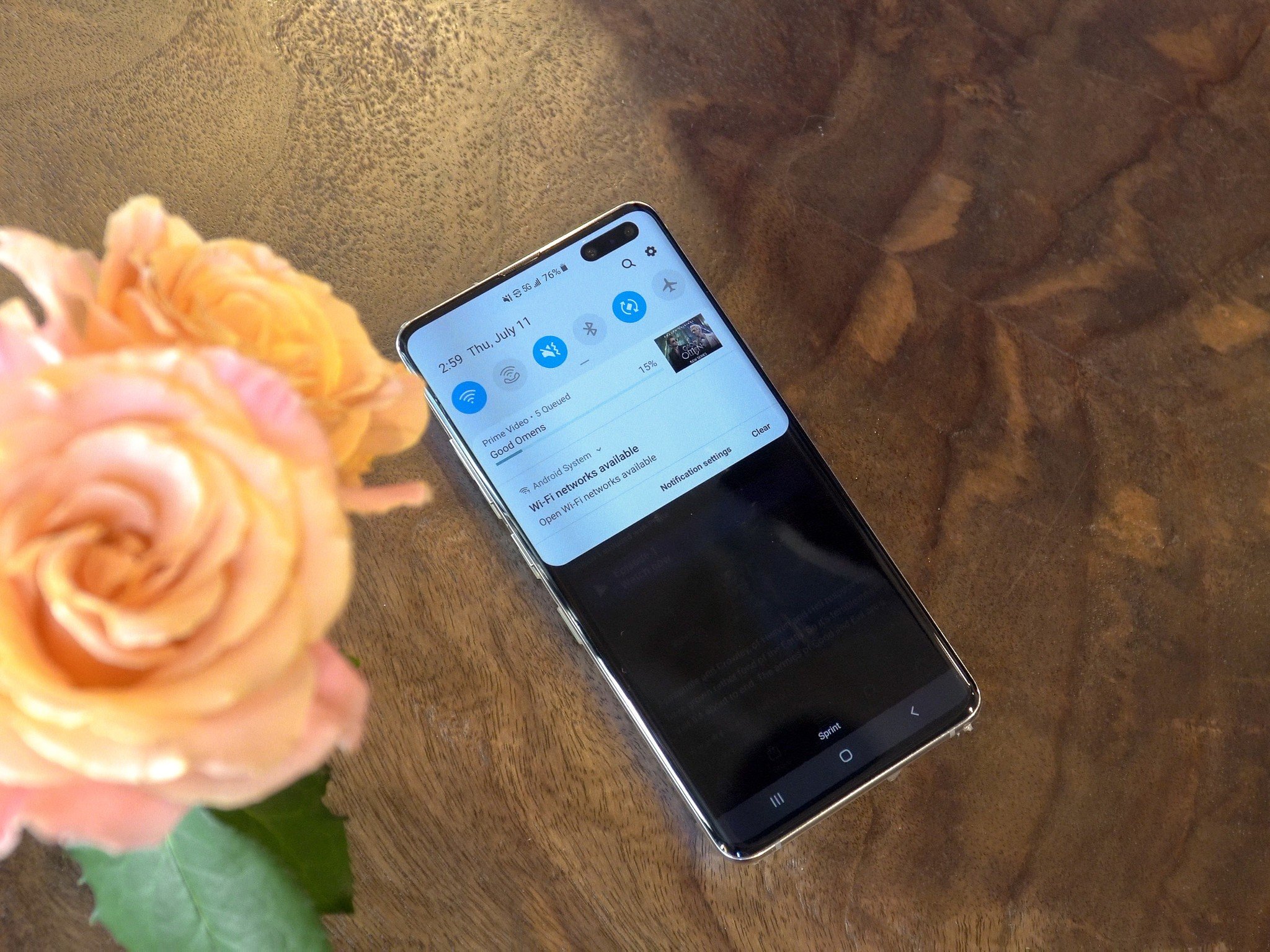Qualcomm's X55 modem changes 5G from an extra feature into an integrated solution for tomorrow and beyond.
5G NR (New Radio) is the new hotness in mobile networking. That's not to say there isn't still some growth needed to make it a real solution for mobile users.
Nearly all 5G products are currently powered by a Qualcomm modem, and while the older X50 modem is very powerful and capable of very impressive speeds, it was very much a first-generation project. Coming soon, the X55 has gone a long way to improve in the areas where this product was weak.
There are a number of ways the X55 modem, which will ship first on the AT&T and T-Mobile variants of the Galaxy Note 5G, improves over the X50. With support for 5G Standalone mode, the X55 can operate alone without the help of an older LTE network. This will be important in an area that only has coverage with 5G connections. It also has better support for sub-6 5G deployments, such as the newer Sprint 5G network,, and will allow carriers to cover more space with fewer towers. The last but perhaps most significant update is better support for global 5G networks. Being able to travel with high-speed data is a modern luxury that feels wonderful when you want to share your experiences.
More: Explaining 5G: Millimeter-wave, sub-6, low-band and other terms you need to know
Stand Alone
The X55 modem offers what's known as 5G standalone mode. The X50 operated in non-standalone mode (often abbreviated as 5G NSA) where a device could use 5G for data transfer but fell back to LTE or legacy mode (3G or even 2G) for other communication, like phone calls or geolocation services. 5G SA is an important change overall but will make the most impact in China which is rolling out the first standalone-only network infrastructure for 5G.
A different but equally important type of standalone support comes with the X55, too. It's the first modem that can send and receive over 5G, LTE, and legacy channels (meaning 3G and 2G) with a single chip. This means companies that make phones and other 5G devices won't have to implement two separate radios for cellular which means lower costs and less battery drain. The X55 delivers even better LTE performance with 7x20MHz carrier aggregation and 4x4 MIMO support.
Better Sub-6GHz support
The X55 supports 5G NR (new radio) sub-6GHz in FDD (Frequency Division Duplex) mode while the X50 only supported TDD (Time Division Duplex) frequencies. FDD requires two separate communication channels but can transmit and receive information at the same time, where TDD uses a single channel but has to swap between sending and receiving.
TDD can be the better way to transmit data if the time it takes to switch between sending and receiving is low enough since it will be able to take advantage of a large chunk of spectrum. We see TDD used with Wi-Fi or newer ways to communicate like Zigbee, but because of the way legacy cellular systems have been implemented FDD is the norm.
The biggest benefit of using FDD mode is that it's the only way to use frequency lower than 800MHz. These low-frequency bands offer better range and penetration and are already widely used for LTE. A great example of why this is important is the combined Sprint and T-Mobile network — almost all of the company's spectrum to use for a 5G network is in the FDD range.
You don't need to know exactly what the differences are or how FDD and TDD work to know that this is an important change. Without it, carriers worldwide wouldn't be able to deploy 5G because the spectrum they hold wouldn't be compatible even though it's very valuable and very good at delivering a signal over long distances.
A global network
The X55 is Qualcomm's first true global 5G modem. The industry uses three frequency bands for mmWave communications — 26GHz, 28GHz, and 39GHz — and all three are supported. The X50 only supported 28GHz and 39GHz which made it unusable for more than half the world.
This is because of how different countries are implementing 5G mmWave. In North America and parts of Europe, 28GHz and 39GHz are the bands in use and being tested for future usage. But in places like Africa and parts of Asia, 26GHz spectrum will be used and it needs to be supported. Having support for all three frequencies on one modem means it can be used everywhere there is a 5G mmWave network and OEMs can make a single global 5G phone if they want to.
Should I upgrade?
The Note 10+ 5G for T-Mobile is expected to have the new Qualcomm X55 modem inside. If you were waiting for 5G tech to mature before hopping on board, this is the mark you were waiting for. With everything integrated on one chip, you save power and get more out of your phone. When you reduce the number of components in a phone, you also reduce points of failure and increase the internal real estate available to other components like batteries and image processors.
If you have already bought into 5G, there's probably not enough reason to upgrade just yet. As the networks mature and rely less on 3G and 4G for backups, the newer chips will make more sense. Until then, your S10 5G or V50 Thinq 5G should still deliver excellent speed and quality of service.
Global phone
Samsung Galaxy Note 10+ 5G
It works everywhere
Samsung and Qualcomm make the new Galaxy Note 10+ 5G the first 5G phone that will work anywhere you happen to be. It's also ready for the future thanks to support for the next generation of 5G networks.






Post a Comment